End-fed dipole not a dipole?
While browsing the internet I came upon an E-ham article concerning “Mythical Antennas” including a focus on the dipole antenna. In the article we find the following quote:
“If you just stop and think about the phrase end-fed dipole, the idea just falls apart. If it is end-fed, then it can’t [be] a dipole! A dipole is also a balanced antenna, and will technically have equal currents flowing in both poles. In the real world, the balance is not perfect, but is easily handled (using a balun perhaps) so that common mode current on its feed line will be at a minimum.” [1]
…and later…
“Remembering that a dipole is an antenna consisting of two equal length elements with a connecting feed at its center, then how can it be off-center-fed, and still be a dipole?” [1]
Although one must exercise care in how you feed any dipole antenna, the above suggests only center-fed antennas (implied half-wave?) qualify as dipoles. Let’s take the amateur hat off and replace with an antenna engineering propeller cap.
IEEE definition of the dipole antenna
Here is the industry definition of the dipole antenna first from IEEE 100-1984…
“dipole antenna (antennas). Any one of a class of antennas producing a radiation pattern approximating that of an elementary electric dipole. NOTE: Common usage considers the dipole antenna to be a metal radiating structure which supports a line current distribution similar to that of a thin straight wire so energized that the current has a node only at each end. Syn: doublet antenna.“[2]
…and from the more relevant IEEE 145-1993…
“dipole antenna (antennas). Any one of a class of antennas producing a radiation pattern approximating that of an elementary electric dipole. Syn: doublet antenna.
NOTE: Common usage considers the dipole antenna to be a metal radiating structure which supports a line current distribution similar to that of a thin straight wire so energized that the current has a node only at each end. “[3]
One defines the dipole antenna not by form, but by function. Note the term “approximating that of an elementary electric dipole” loosens the qualifier a bit. It is perfectly feasible to apply power anywhere along a dipole antenna’s length and create the conditions that satisfy the IEEE definition. Hence it seems quite clear the dipole is merely the basic half-wave or shorter antenna.
EIA/TIA-329B
The Electronic Industries Association has their say in their EIA/TIA-329-B “Minimum Standards for Communication Antennas, Part 1 – Base Station Antennas.” In Electrical Standards(2) – Definition(2.1) – Half-wave Dipole Antenna(2.1.2) – Section 2.1.2…
“Half-Wave Dipole Antenna. A dipole whose electrical length is half a wavelength and is formed by a straight metallic radiator, one-half wavelength long, whose diameter is small compared to its length, so energized that the current has two nodes, one at each end, producing maximum radiation in the plane normal to its axis. [4]
Yeah, this speaks to the scope of the “Half-Wave” Dipole, but carefully omits any notion of feeding technique. As with the IEEE, the restriction to two current nodes leaves out antennas longer than one wavelength. Hence this definition highlights the importance of dipole function as well as form.
Dipole definition by function not a new concept
This is further discussed in an old war department antenna manual speaking to the half-wave antenna (implied dipole?)…
“At the outset it is essential to keep thoroughly in mind that a single wire antenna having a total length of one-half wavelength at the operating frequency is always a half-wave antenna, no matter what special name may be given it. It has been the practice to label an antenna by the method of feeding it, and such terms as ‘Zepp,’ ‘single-wire-fed Hertz,’ ‘doublet,’ ‘center-fed doublet,’ ‘Y doublet,’ ‘J,’ and various others are applied to what is essentially the identical antenna. The characteristics of a half-wave antenna are the same no matter what feed method is used. Of course, the results may vary somewhat with different feed methods depending upon the efficiency of the feeder, length of the line, and the accuracy with which it is matched to the antenna. These variations are not chargeable to the antenna itself, however, since a given half-wave antenna in a given location will radiate a given amount of power fed to it in just the same way regardless of the means by which the power gets into the antenna.” [5]
Emphasis added highlighting the delineation between a doublet and a center-fed doublet or, by inference from the IEEE, the delineation between a dipole and a center-fed dipole. The text continues to outline the methods and merits of various feeding methods including:
- “End or voltage-feed” [5]
- “Center or current feed” [5]
- “End feed with resonant transmission line (Zepp)” [5]
Yes it’s true the word “dipole” appears nowhere in this particular chapter and only a few times elsewhere in the manual. However, it’s not hard to draw the appropriate comparisons plus attain the understanding the Zepp is a form of “End or voltage-feed.” The text continues describing the perils of the various feed methods suggesting it’s not an easy task in some cases, but is certainly possible and quite practical with minimum fuss.
Conclusion
Engineers began coining terminology for antennas in the beginning of the 20th century. We are now several generations away from these roots, but it seems clear the concepts haven’t changed much in the face of our slowly evolving language. Some tend to define descriptive antenna terms of the physical manifestation rather than electrical function. Such seems to be the case in certain segments of our population where the meaning of the term “dipole” morphs to the center-fed subset of same. This erroneous definition is then reinforced by “the popular press” leaving little doubt modern day amateur radio all too often lives up to its name in erudite circles. Thankfully more and more seem to be getting it.
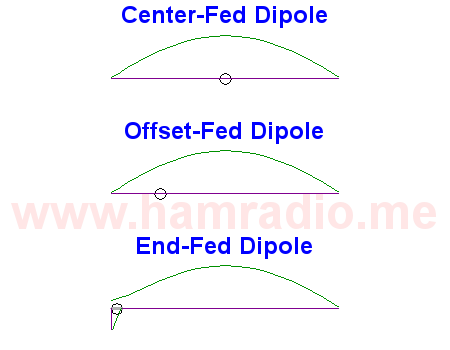
References
- Applegate, Alan S. (2010). “Mythical Antennas.”
- Frank, Jay, ed. (1984). ANSI/IEEE Std 100-1984 IEEE Standard Dictionary of Electrical and Electronics Terms (3rd ed.). New York, NY: The Institute of Electrical and Electronics Engineers, Inc.
- Bodnar, Donald (1993). ANSI/IEEE Std 145-1993 IEEE Standard Definitions of Terms for Antennas. New York, NY: The Institute of Electrical and Electronics Engineers, Inc. p. 10. Definition 2.102.
- “Part I – Base Station Antennas”. ANSI/EIA/TIA-329-B-1999 Minimum Standards for Communication Antennas. Electronic Industries Association. 1999.
- “Half-wave Antennas”. Antennas and Antenna Systems (TM 11-314) (PDF). U.S. War Department. 1943-11-30. pp. 54-81.
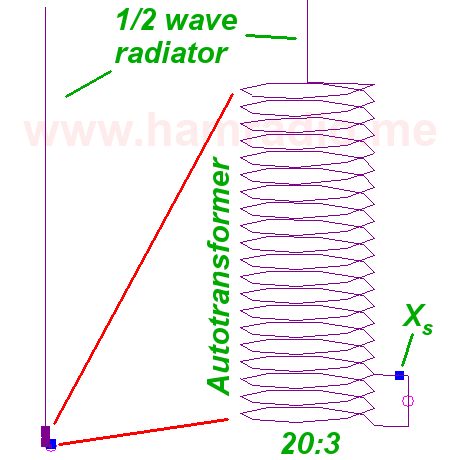
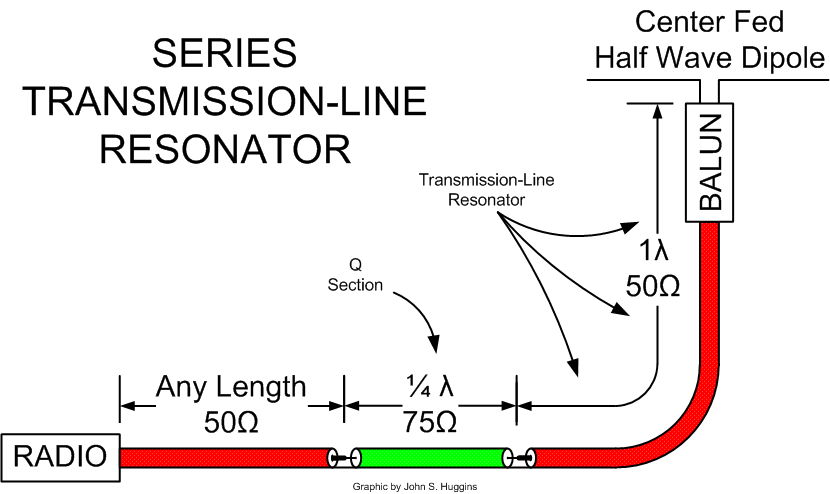
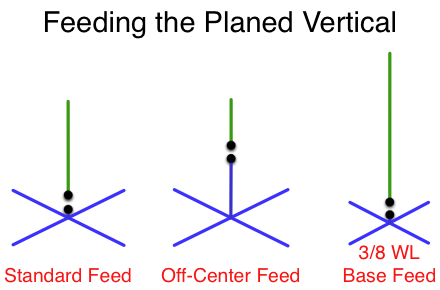
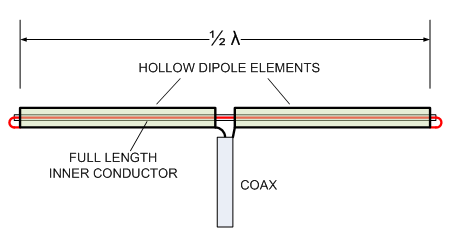
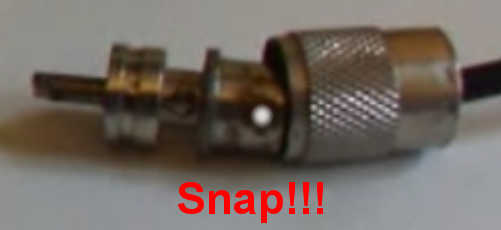
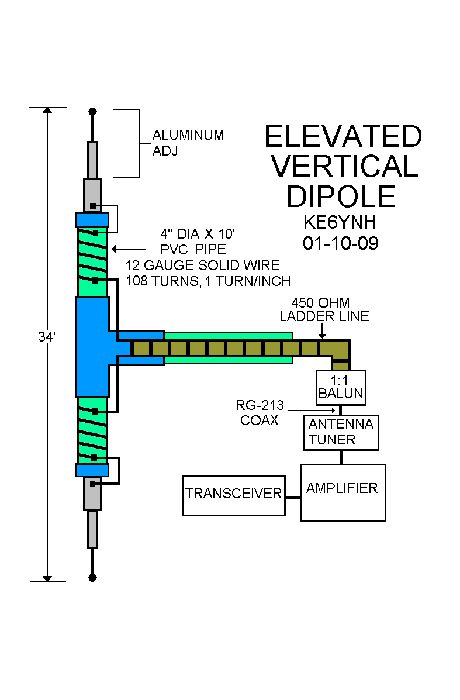
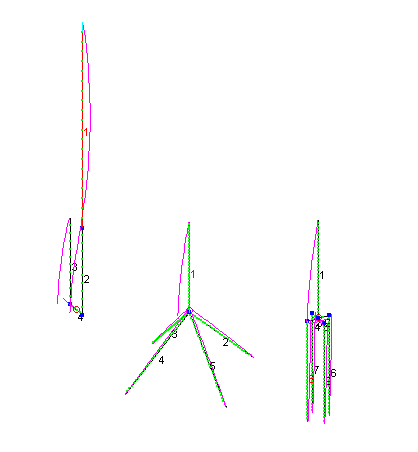
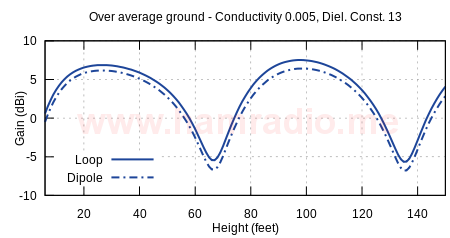
Absolutely excellent analysis John. Science – and technology are built on the standardization of language. I insisted with my students on this important adherence and try to take it into my "amateur" radio classes. Cheers Peter VE6KK
Why no mention of Kraus or Balanis works concerning antennas in your references?
I have books from both on my shelf and have made references to them in other articles. Search by name and they will pop up.